Georgia Railroad locomotives included a mix of small steam designs and EMD models.
By 1914 the Georgia Road was powered by an assortment of 4-4-0s, 0-6-0s, Moguls, Ten-Wheelers, four modern Lima 2-8-2s, and a pair of light Pacifics. A handful of all-steel baggage cars, RPOs, and coaches shared the car roster with a fleet of steel-underframe wooden passenger and freight cars. The Georgia Road emerged from the USRA period (1918-20) with a small fleet of standard 2-8-2 and 0-8-0 locomotives, power that lasted past the Korean War. In addition, during 1920-42 some of the larger Ten-Wheelers were rebuilt, modernized, and renumbered. They handled the branches and secondary mainline assignments.
Much of the non-rebuilt small power was retired soon after World War I, and most of the remaining engines were scrapped in the 1930s. The acquisition of four heavy 2-8-2s from sibling Clinchfield and a single 0-8-0 from the Detroit Terminal, plus four more rebuilt 4-6-0s, provided additional power for the war years and rounded out the steam roster.
The roster of diesel Georgia Railroad locomotives was a simpler matter. The first internal combustion road locomotive, F3 No. 1001, arrived in 1948 to cover four daily trips over the Macon Road. Except for a sole Baldwin DS-44-1000 switcher, the company replaced its 50-engine steam roster with 45 EMDs of models NW2, SW9, FP7, and GPs from ’7 and ’9 to ’40-2 and ’38-2, often bought in concert with close affiliates A&WP and WofA, known as the “West Point Route.” After 1954 the four daily mainline passenger trains generally drew a single or pair of F units, while yard assignments at Atlanta and Augusta went to eight switchers; the Geeps handled everything else. Business went on quietly for almost three more decades except for the latter-day mixed trains, whose longevity earned the Georgia a relative high profile among enthusiasts.
Until 1966, the Georgia generally operated independent of the A&WP and WofA, although Georgia and West Point Route road diesels began to move more freely on either side of Atlanta. The first of 22 second-generation GP40s arrived in 1967, eventually eight each for A&WP and WofA and six for the Georgia. They wore solid black, which had replaced the early dark blue-and-silver and a later solid blue.





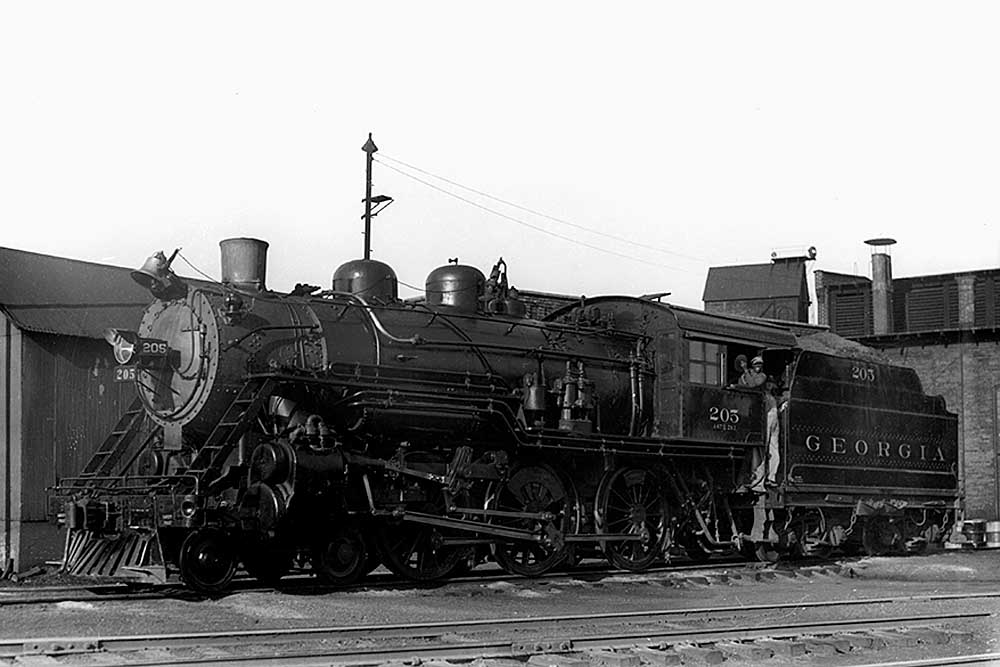

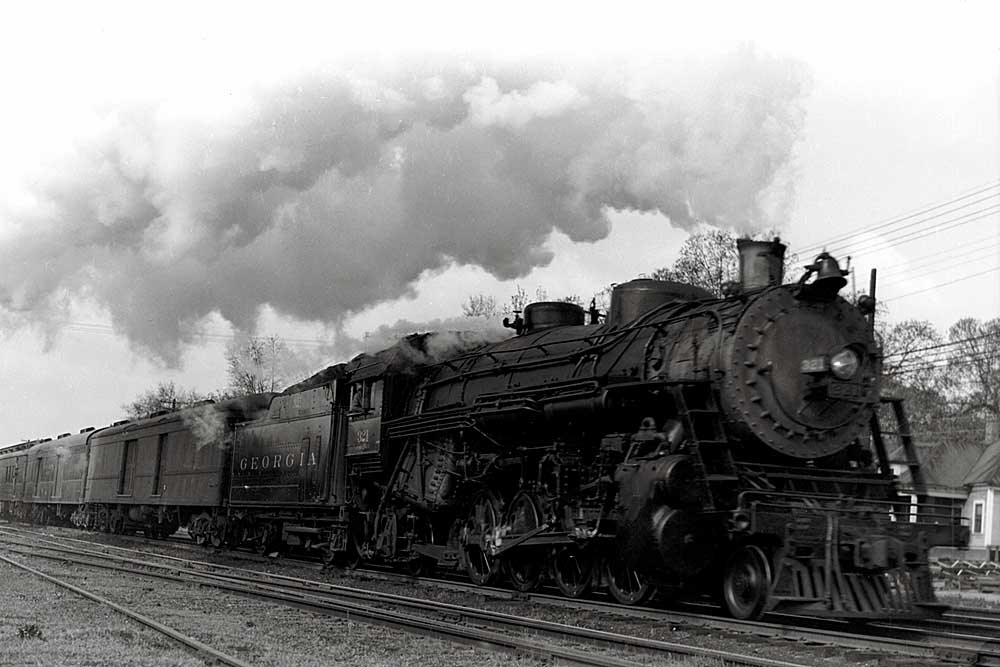

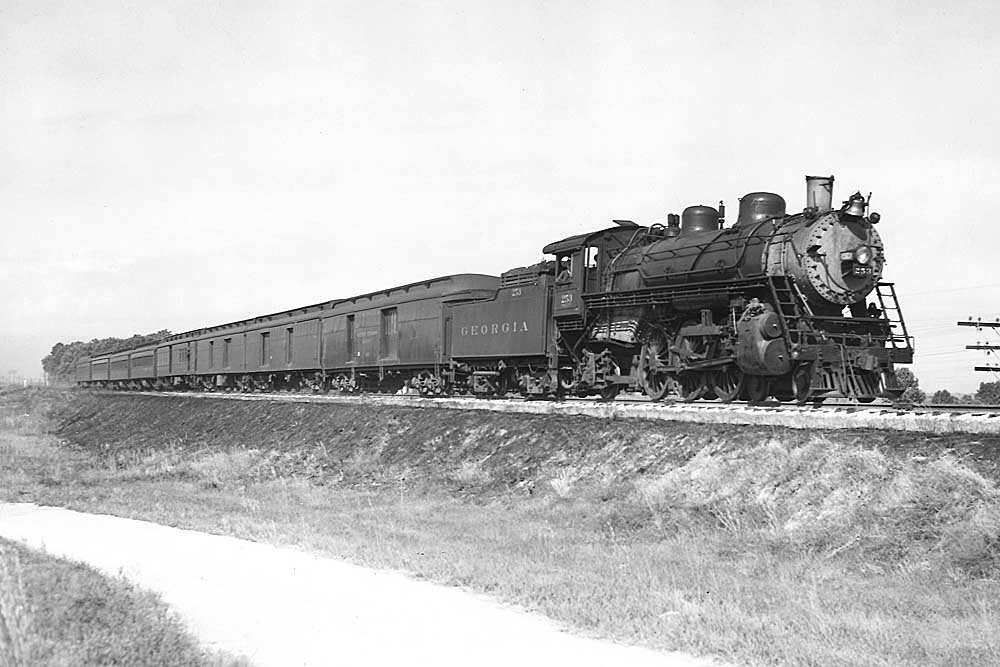

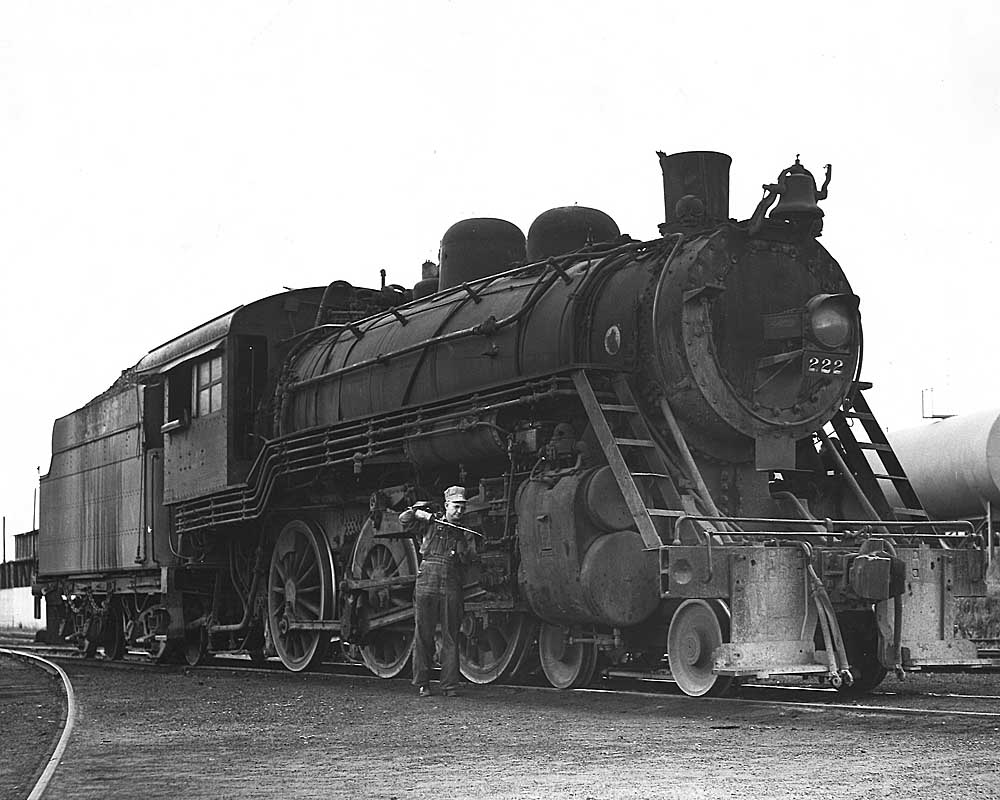

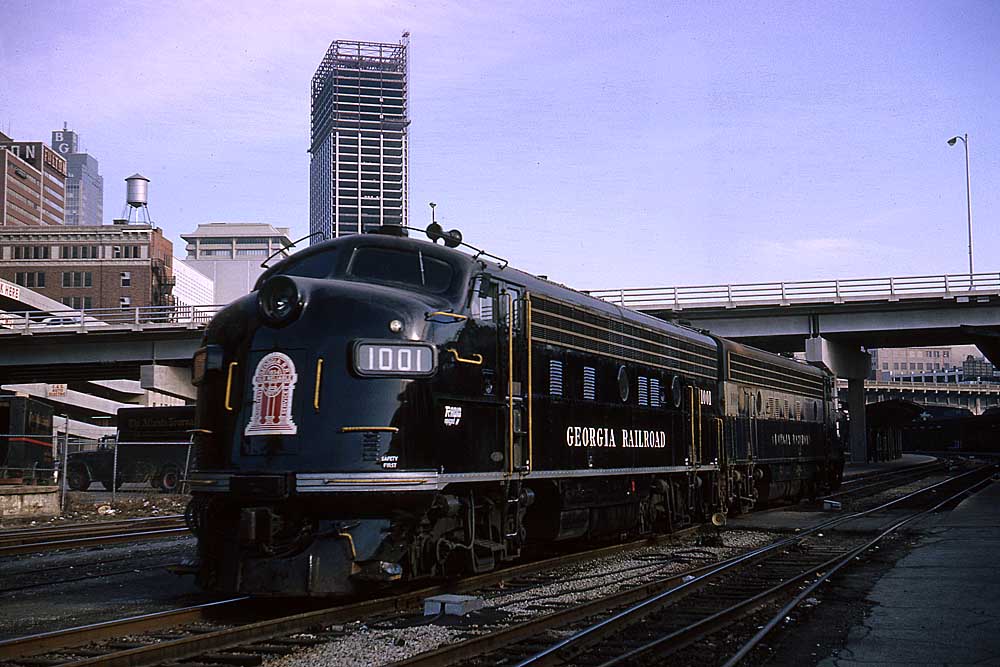

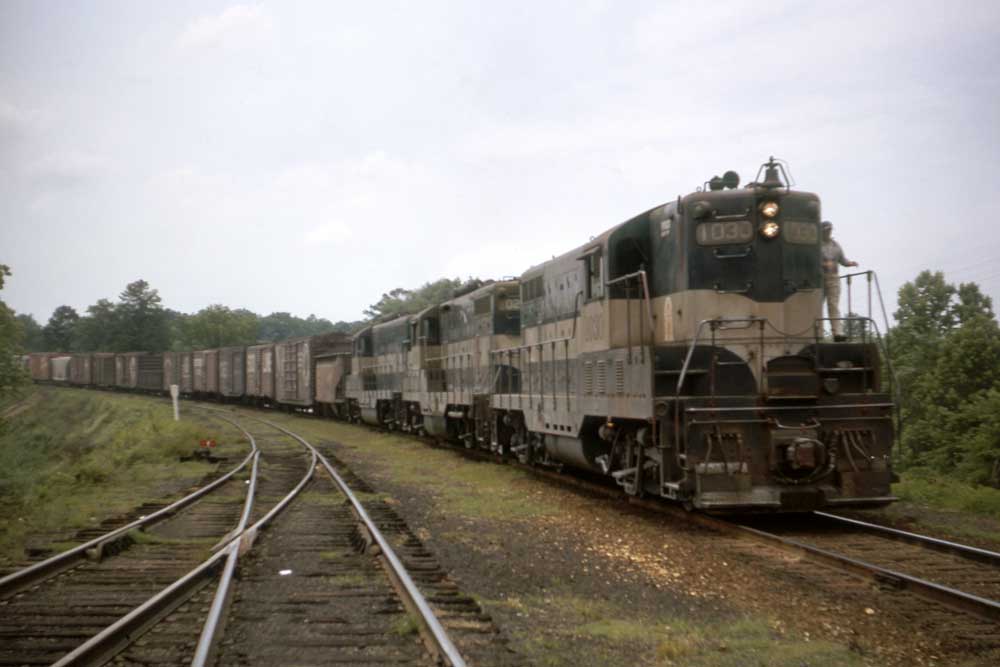

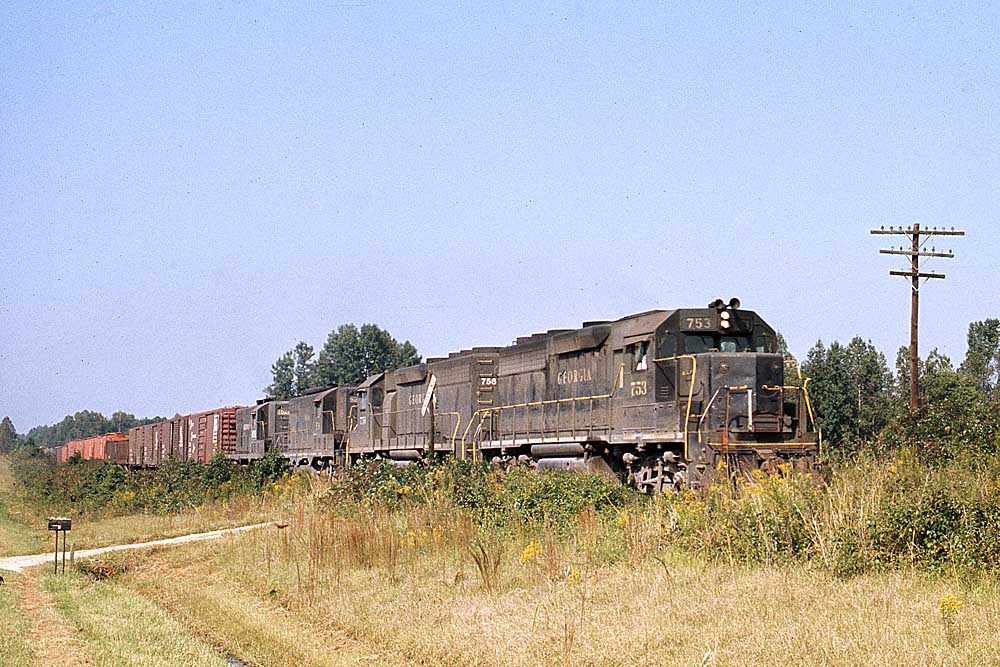

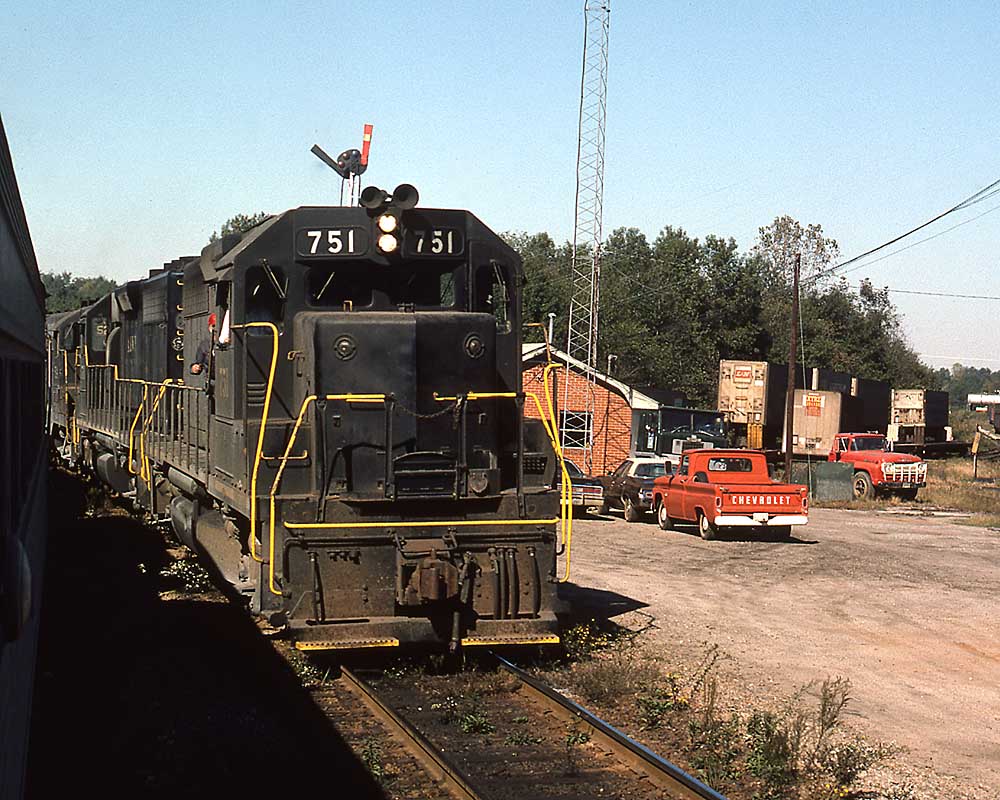

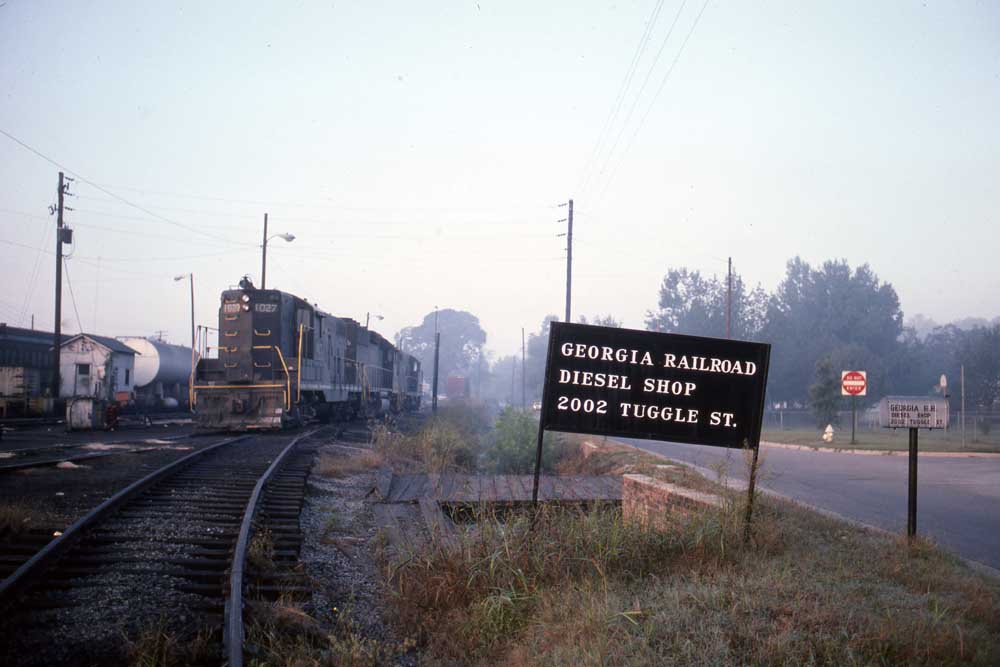

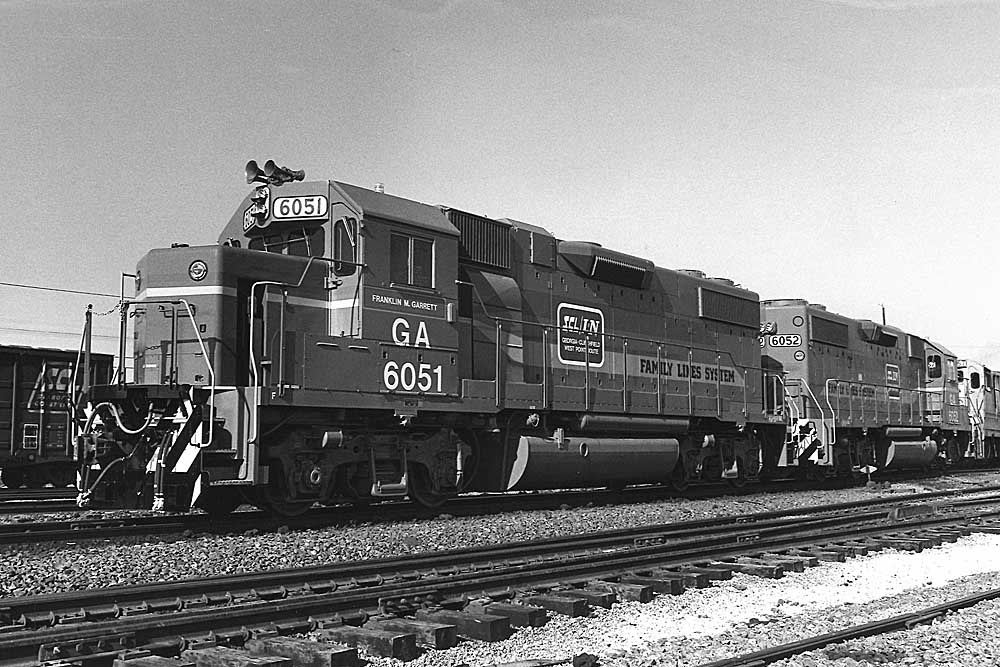


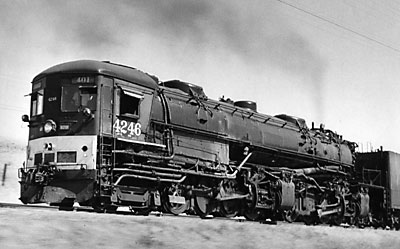
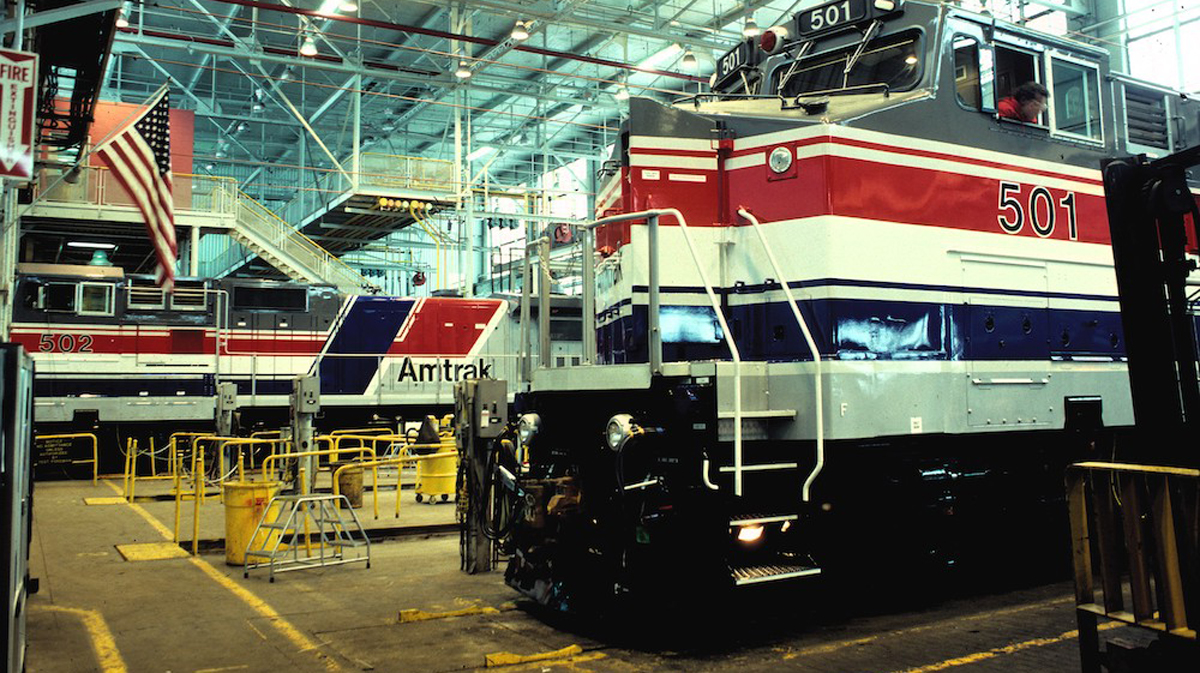
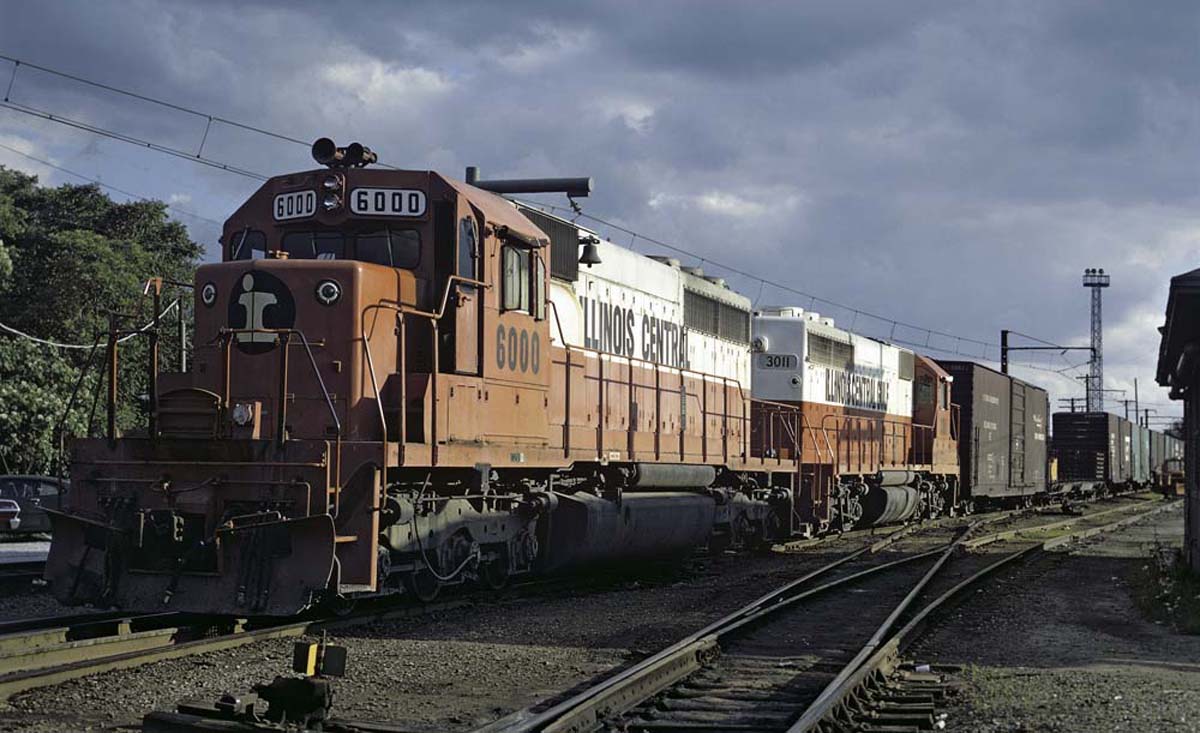
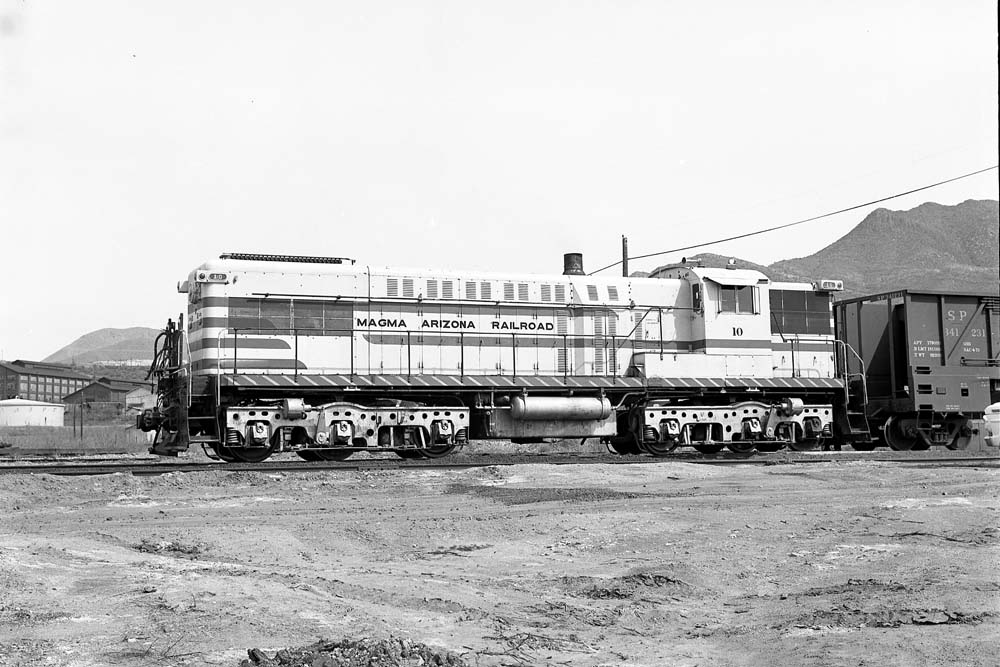




Fine selection of photos. Thanks!